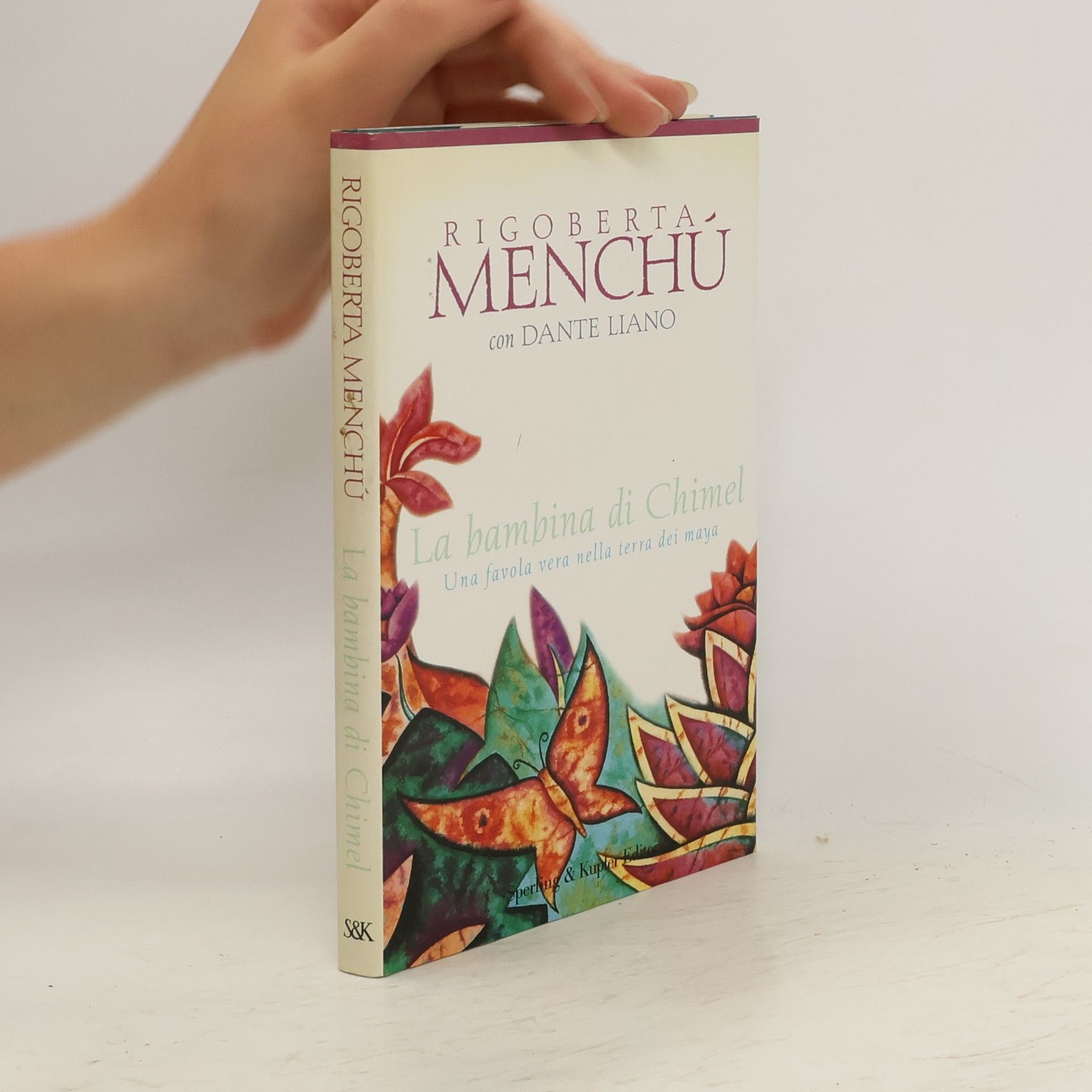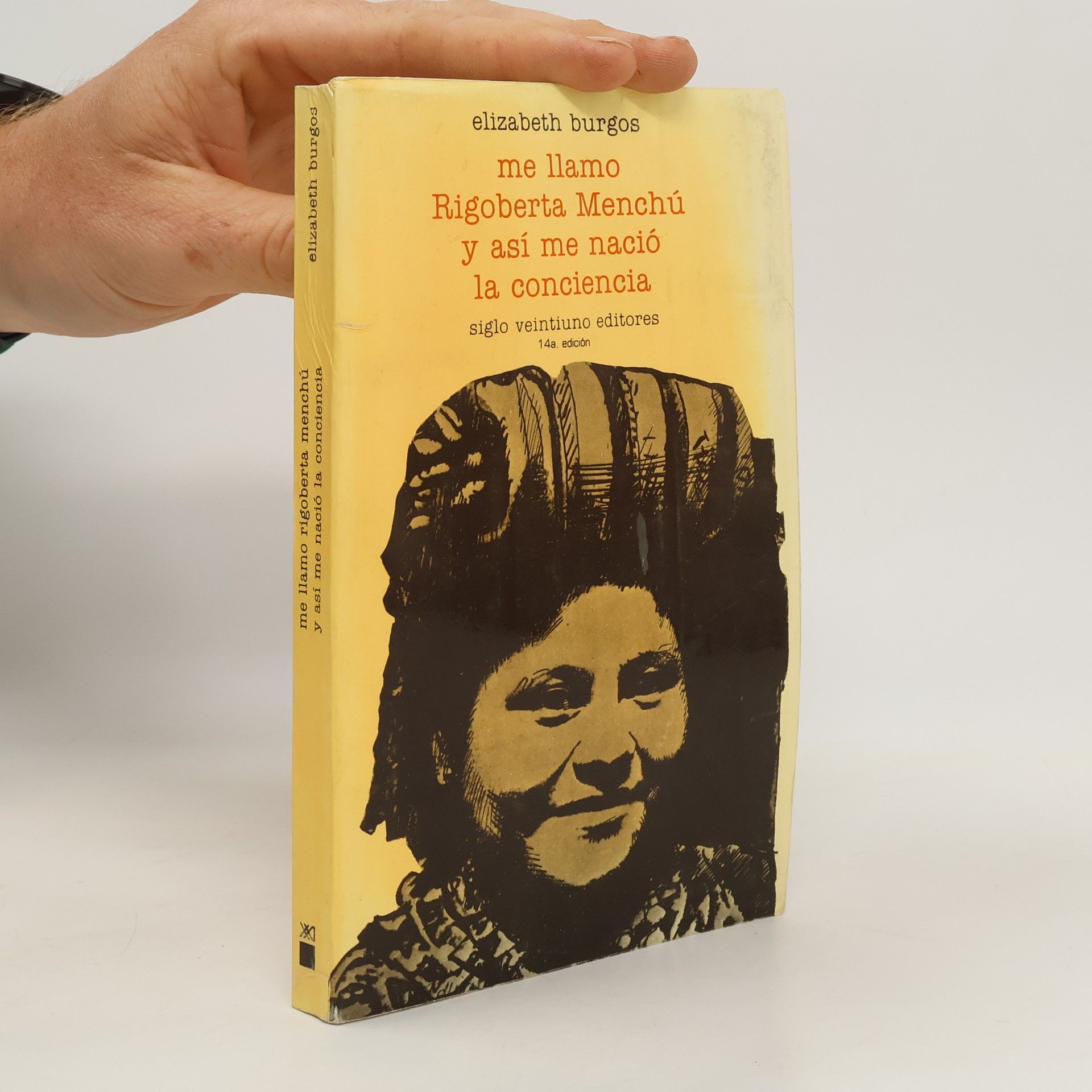The Nobel Peace Price winner tells her own story and that of many Guatemalans; the dreams and nightmares of the people and their land. This is the Mayans' story, how they were devastated by the mercenaries and betrayed by the politicians.
Rigoberta Menchú Libros
Rigoberta Menchú Tum es una destacada activista indígena de Guatemala, dedicada a defender los derechos y visibilizar las luchas de su pueblo, especialmente durante y después de la guerra civil. Su incansable labor ha atraído la atención internacional sobre la difícil situación de las comunidades indígenas guatemaltecas. Se ha convertido en un símbolo global de la resiliencia indígena y una poderosa voz por la justicia social.






The narrative explores the extraordinary journey of Rigoberta Menchu, a young peasant woman from Guatemala, highlighting her struggles against oppression and her fight for indigenous rights. Through her personal experiences, the book delves into the cultural and social challenges faced by the indigenous population in Guatemala, emphasizing themes of resilience, identity, and activism. Menchu's story serves as a powerful testament to the broader struggles for justice and equality in her country.
Me llamo Rigoberta Menchú y así me nació la conciencia
- 296 páginas
- 11 horas de lectura
Rigoberta nació en San Miguel Uspantán, El Quiché, Guatemala. Aprendió castellano cuando tenía veinte años sin libros, maestros ni escuela. Lo aprendió con su voluntad feroz por romper el silencio en el que viven los indios de América Latina. Se apropió el lenguaje del colonizador, no para integrarse a una historia que nunca la incluyó, sino para hacer valer, mediante la palabra, una cultura que es parte de esa historia.
La bambina di Chimel
- 96 páginas
- 4 horas de lectura